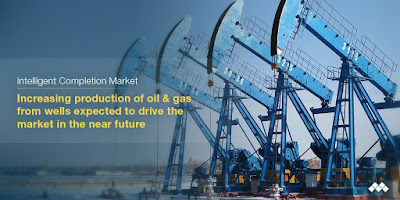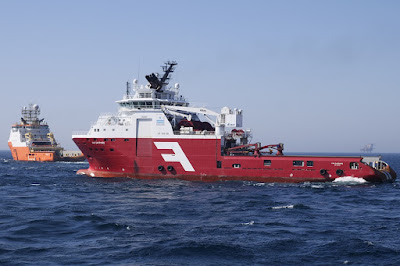The global Energy Efficient Motor Market is projected to reach USD 41.6 billion by 2023 from USD 30.3 billion in 2018, at a CAGR of 6.5% between 2018 and 2023. The major factors driving the growth of the energy efficient motor market are energy savings and the subsequent cost over traditional motors, increasing governmental support worldwide towards the adoption of energy efficient motors, rising need to reduce the greenhouse effect, and growing adoption of energy efficient motors in the industrial sector.
Energy efficient motors are used in various application areas in the agriculture industry; these applications include irrigation, ventilation, grain handling, material handling, aeration, and conditioning. Motors are among the largest energy consuming devices on farms. Motors used in the agriculture sector account for 18% of the on-farm energy consumption worldwide. Also, the energy saving solutions are applicable to all segments of the agriculture sector including dairies and livestock producers, nurseries, crop farmers, and food processing companies. This would further propel the growth of the energy efficient motor market
Download PDF Brochure:
https://www.marketsandmarkets.com/pdfdownloadNew.asp?id=163
The energy-efficient electric motor
market for the HVAC application projected to grow at the highest Growth Rate.
Energy-efficient electric motors are implemented for heating, ventilation, and air conditioning (HVAC) solutions, especially in commercial buildings. HVAC systems operate based on the laws of thermodynamics, and principles of fluid mechanics and heat transfer. These motors are equipped in electromechanical products, such as pumps, fans, compressors, and refrigerators. The primary objective of HVAC systems is the maintenance of good indoor air quality, providing sufficient ventilation through air filtration, and thermal comfort. The growth of the HVAC application market is driven by government support, increasing industrialization and urbanization, development of advanced solutions, and growing demand for energy-efficient devices.
The industrial vertical accounted for the
largest share of the overall energy efficient motor market.
Energy efficient motors are extensively used in various industries, including oil & gas, marine, power & energy, mining, and water & wastewater, to help reduce energy consumption as well as operational costs. Electric motors account for 60–70% of the total electricity consumed in the industrial sector. Hence, manufacturers of electric motors have undertaken efforts to improve the efficiency of motors. Energy consumption is one of the major economic and environmental issues of concern, leading to the growing need for, and an increase in the adoption of energy efficient motors. The demand for energy efficient motors in various industries is increasing to enable a reduction in electricity consumption and lower carbon dioxide (CO2) emissions.
Request FREE Sample Pages: https://www.marketsandmarkets.com/requestsampleNew.asp?id=163
The
Asia Pacific is expected to be the fastest-growing market of energy efficient
motor.
The Asia Pacific is projected to be the fastest-growing regions in the energy efficient motor market by 2018, and grow at the highest CAGR during the forecast period. According to the Asian Development Bank (ADB), the share of the region to global energy consumption is expected to increase from 34% in 2010 to 56% by 2035. ADB has undertaken investments worth USD 970 million in energy efficiency projects, which are expected to help the Asia Pacific countries meet their national targets for energy efficiency and the reduction of greenhouse gas emissions by 2020.
Some of the key players in the Energy Efficient Motor Market, such as
ABB (Switzerland), Siemens (Germany), WEG (Brazil), GE (US), Schneider Electric
(France), Nidec (Japan), Rockwell (US), CG (India), Bosch Rexroth (Germany),
and Kirloskar Electric (India).













